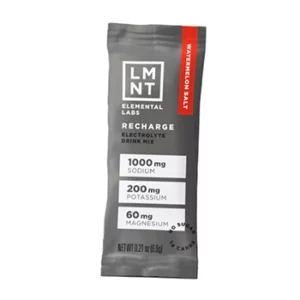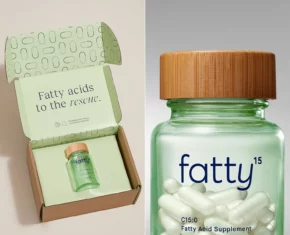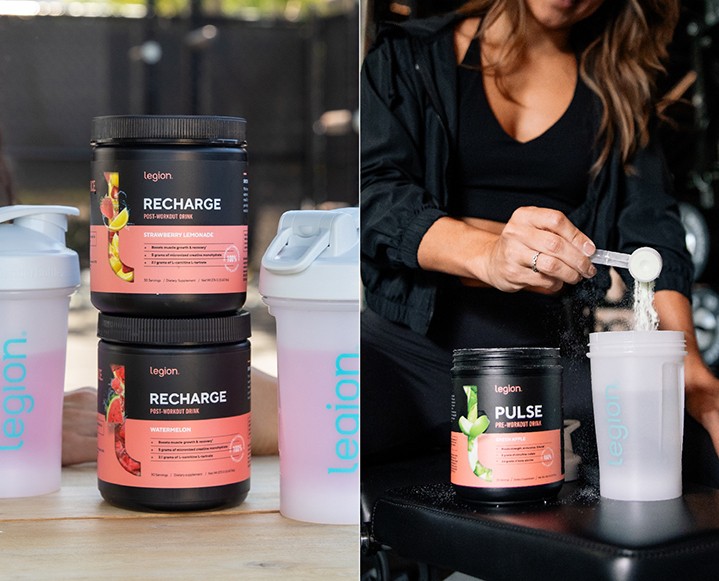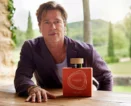Artificial flavoring is some of the worst stuff we can consume, yet it can be surprisingly difficult to avoid. That’s why non-toxic guard dogs, MADE SAFE recently created this fact sheet on “flavor,” the catch-all term that seems to appear on virtually every product label in grocery store aisles. MADE SAFE’s founder, Amy Ziff breaks down what the term actually means and how we can make smarter shopping choices with the info below…
What’s The Deal With Artifical Flavoring?
“Natural flavor,” “artificial flavor,” “flavor…” Have you ever seen these on labels and wondered just what that means? Flavor is similar to fragrance in that it’s an umbrella term for lots of different ingredients that make up that particular flavor. While called merely “flavor” on the package, it often contains between 20 and 60 ingredients, but may contain more than 100. Flavoring is found in foods, sexual health products and even some cosmetics and personal care items.
Natural flavors are foods that come from things found in nature, meaning they’re chemicals isolated and purified from plants and animals. But they can also contain non-flavoring ingredients like antioxidants, emulsifiers and solvents
Artificial flavors are made of ingredients that appear chemically identical to naturally-occurring flavors and can be combined with non-flavoring ingredients like emulsifiers, preservatives and solvents.
These two categories can appear identical in chemical structure. However, it’s unknown if the body processes these two types of ingredients in the same way.
What’s the Concern?
Artificial flavor ingredients may be any of approximately 700 FDA-approved flavorings/additives categorized as “generally regarded as safe” or GRAS. They can also be any of more than 2,000 other chemicals regulated by the Flavor and Extract Manufacturers Association of the US.
The problems with GRAS is that companies use it as a loophole, which allows them to deem ingredients as “generally regarded as safe” without running them by the FDA and instead asserting safety using their own company-produced science or FEMA science, which is an industry-funded organization composed of paying members with a stake in the flavor industry. This is another instance of the fox guarding the hen house and why we need independent third-party verifications.
Artificial flavor can contain synthetic ingredients – both synthetic flavoring agents and synthetic additives – whereas natural flavors can only contain synthetic additives like preservatives, emulsifiers, solvents, adjuvants and incidental additives that are not required to be listed on labels. So both natural and artificial flavors may contain synthetic ingredients.
For added context, FDA-approved additives include ingredients harmful to human health and the environment, including lauric acid, mineral oil, nickel, acrylic acid resin, butylated hydroxytoluene, talc, polysorbates and so much more. Some flavor ingredients are potential synthetic biology ingredients. Often called GMO 2.0, synthetic biology ingredients are genetically engineered in ways that extend beyond GMO. These ingredients have little safety research but are nonetheless entering the marketplace quickly.
How Do We Avoid It?
It may seem impossible to avoid flavor, because it appears on so many labels. But with some adjustments to your diet and a shift in shopping habits, you can avoid mystery flavors:
Avoid umbrella terms like “natural flavor,” “artificial flavor” and “flavor.” Because companies don’t have to list every ingredient on the label, it’s impossible to know which ingredients are within the product.
Don’t assume “natural flavors” are better than artificial flavors. Because natural flavors can contain synthetic additives and might require less safety testing than artificial flavoring, it is impossible to discern from a label if a natural flavor is actually completely derived from ingredients found in nature, and they might not be any safer.
Choose certified organic foods when you can. Certified organic flavors must meet stricter standards; for example, they cannot contain synthetic ingredients and cannot be GMO.
Cut out processed and packaged foods. Replacing them with certified organic fruits, vegetables and grains reduces your intake of flavor ingredients.
Shop MADE SAFE certified products to make sure the flavors in your products are safe. Learn more about how flavors are formulated and regulated (or not) with Made Safe’s new fact sheet and infographic on flavor.
Discover more non-toxic knowledge from MADE SAFE with our Toxic Timeout series here.
The Chalkboard Mag and its materials are not intended to treat, diagnose, cure or prevent any disease.
All material on The Chalkboard Mag is provided for educational purposes only. Always seek the advice of your physician or another qualified healthcare provider for any questions you have regarding a medical condition, and before undertaking any diet, exercise or other health-related program.















